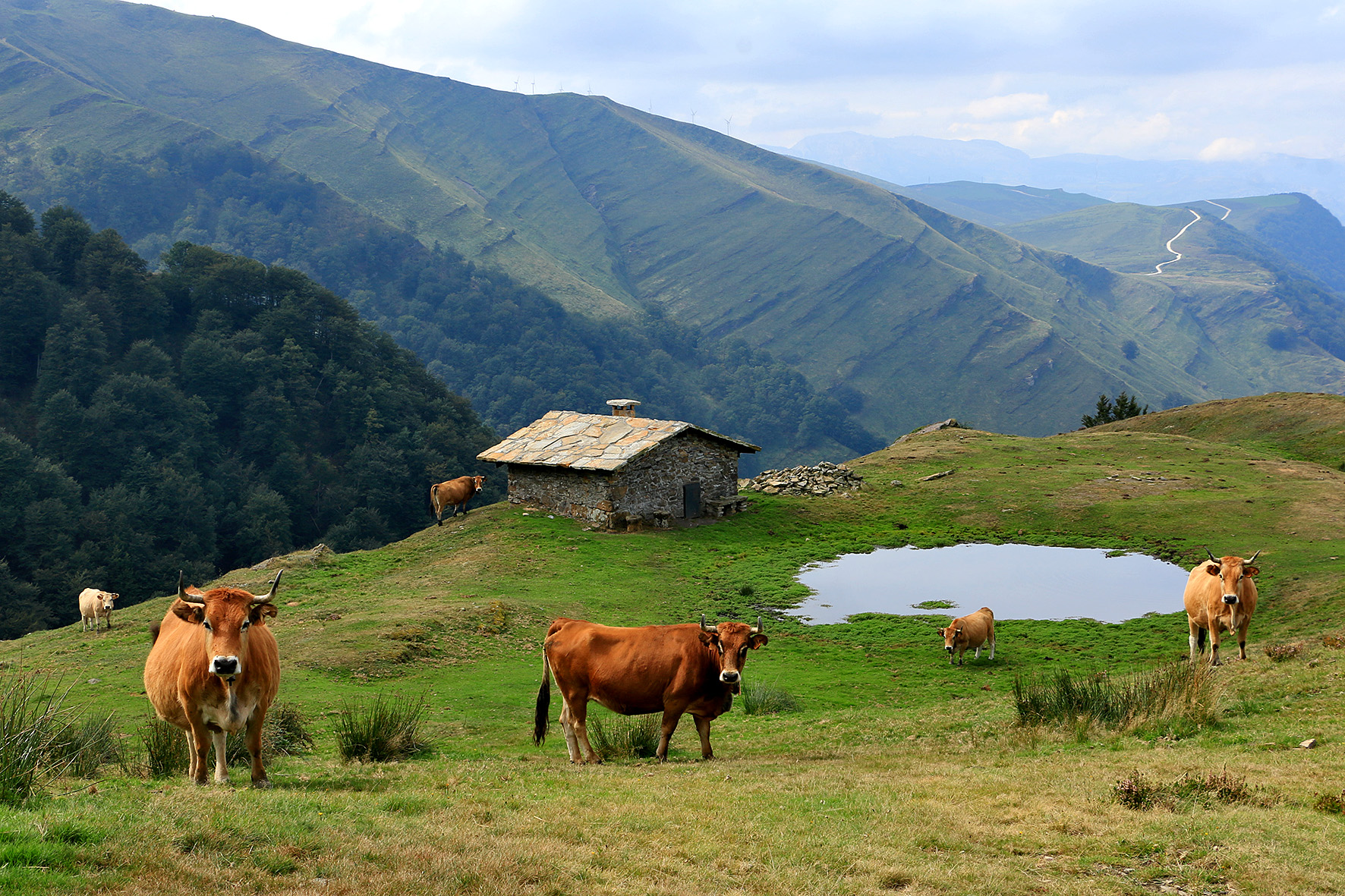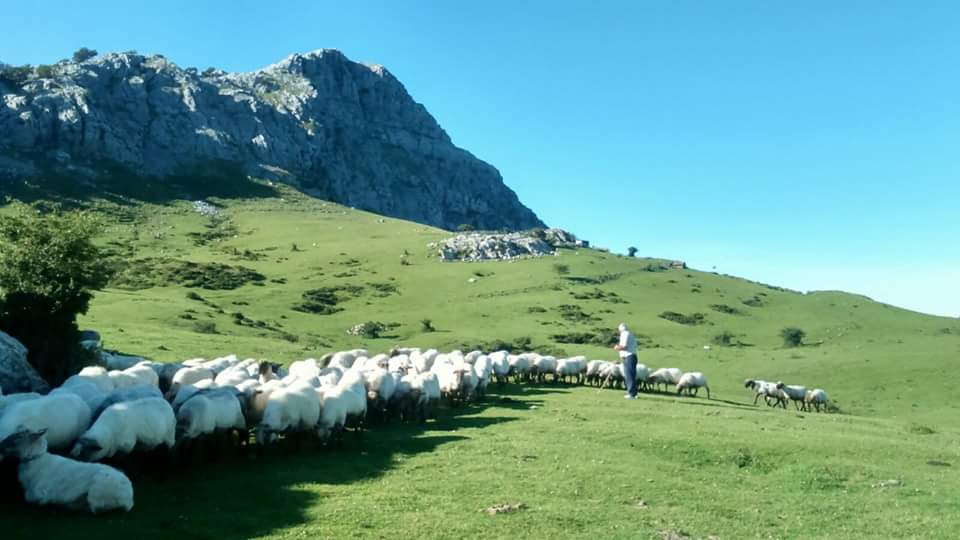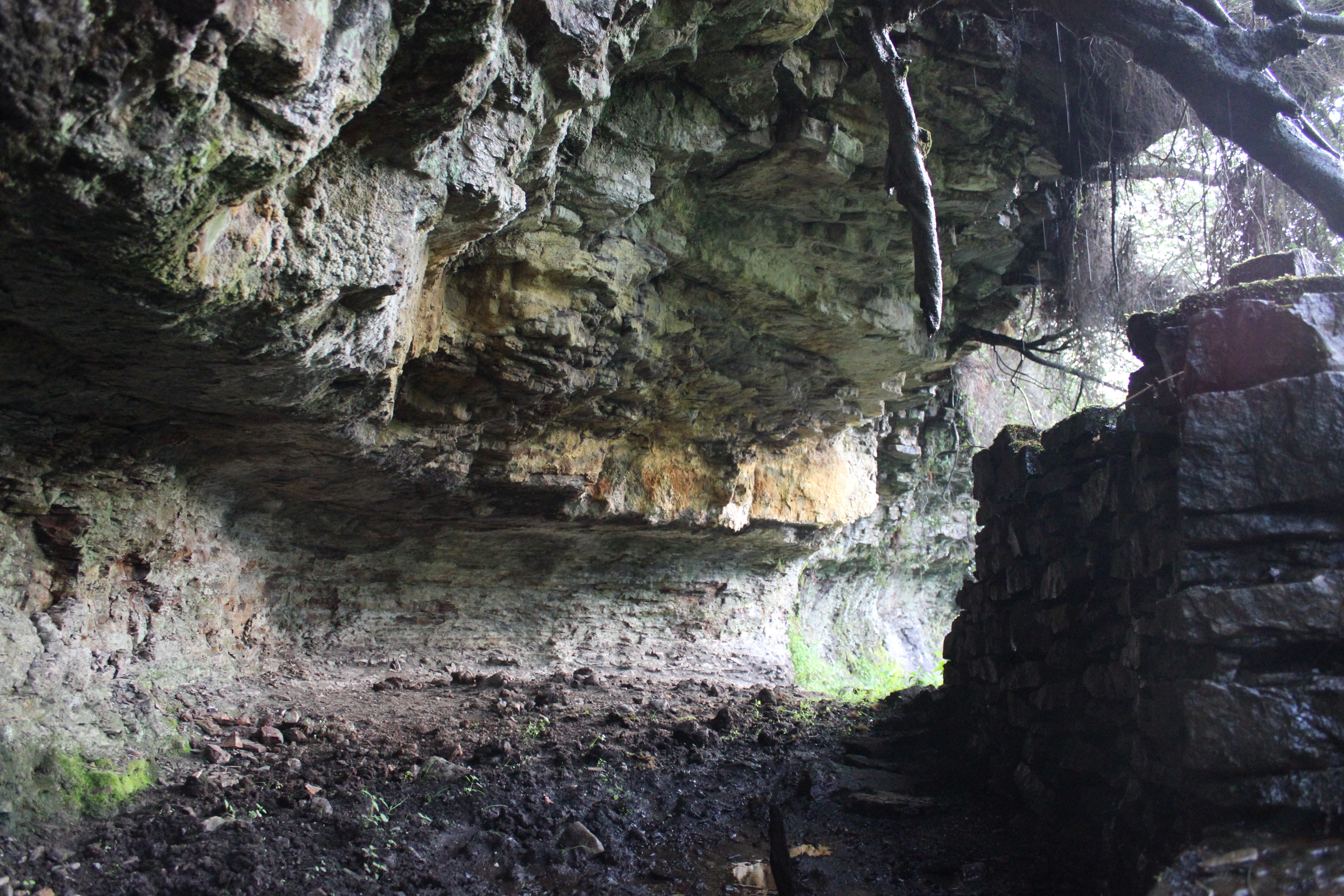Archives

Rebuilt dwelling for herders in Gumadernia. Carranza (Bizkaia), 2018. Miguel Sabino Díaz.
Since ancient times shepherds from the valley who grazed their flocks on hillocks and heights of the Ordunte Mountains belonging to the municipality of Carranza (Bizkaia) have used caves and rocky outcrops in the range, along with improvised shanty constructions for temporary shelter from inclement weather and protection against the presence of wolves and the grave danger they posed to the sheep. (more…)
Sheep-breeding was in full swing in the last decades of the 19th century. A newly created Ministry of Agriculture was responsible for developing the sector. It was then that the identification of local breeds started. (more…)

Fields of Arraba. Mount Gorbeia, 2016. Gorane Etxebarria. Labayru Fundazioa Photographic Archive.
The Valley of Carranza is a large municipality in Bizkaia where cattle farming and milk production have acquired such paramount importance as to become its major sign of identity. However, the inhabitants of the valley devoted themselves to shepherding before they turned into cow’s milk producers. Shepherding gradually lost relevance throughout the 20th century, and it is only in recent years, coinciding with the crisis besetting livestock farming, that we notice a rebound in the number of small flocks of sheep grazing the meadows dairy herds frequented in the old days, primarily to keep the pastures ‘clean’ and provide meat and a few cheeses for domestic consumption. (more…)

Interior of the cave described herein. Carranza, 2016. Luis Manuel Peña. Labayru Fundazioa Photographic Archive.
Shepherding is an age-old occupation. José Miguel de Barandiaran already realised traditional pasture lands coincided with areas of highest concentration of dolmens, a fact that suggests such funerary constructions might have been built by people dedicated to animal husbandry. (more…)


